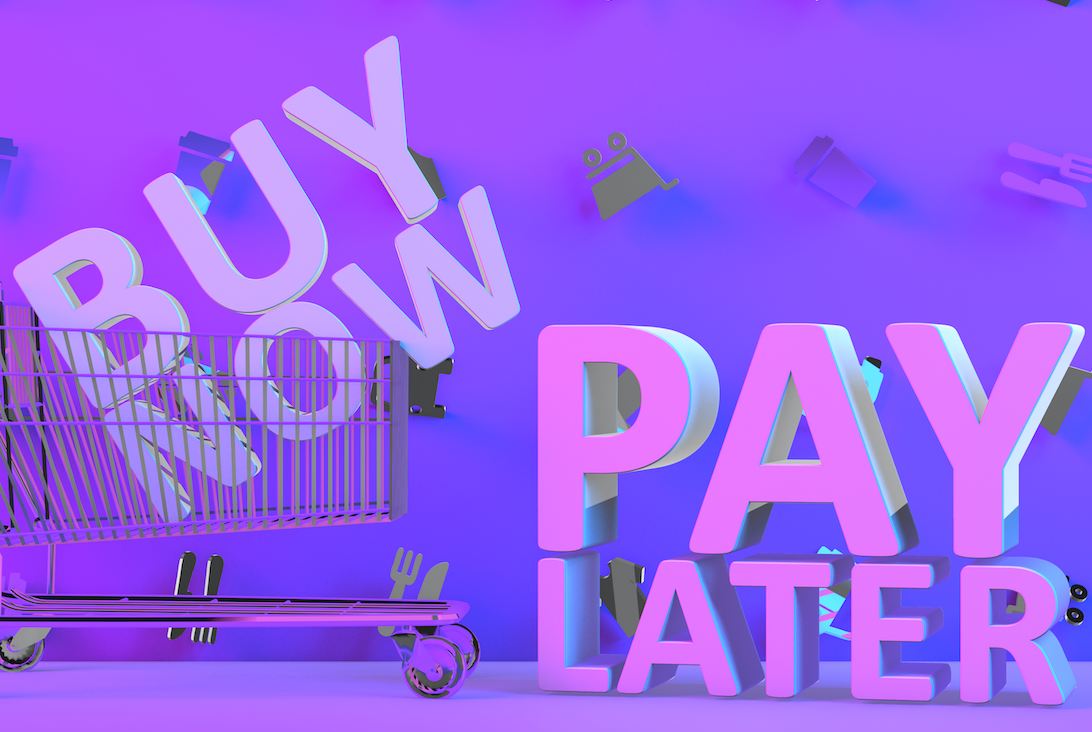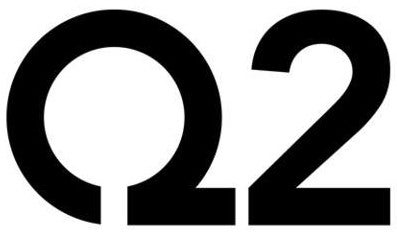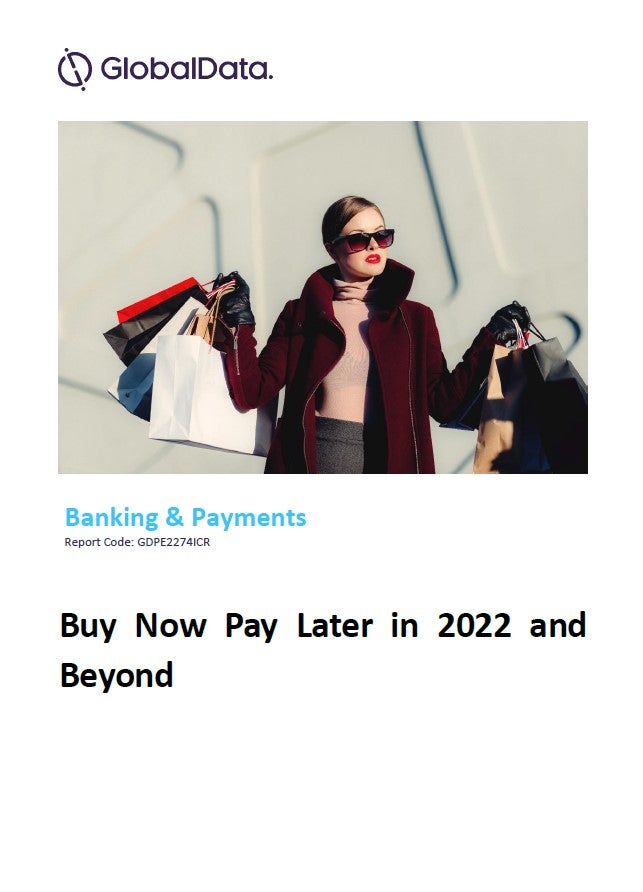
Buy Now Pay Later (BNPL) has seen rapid growth since the start of the pandemic, capturing the attention of consumers across the globe. Trends fuelling growth include digitisation, rising merchant adoption, repeat usage among younger consumers, and the rise of alt-fi lenders.
This article is based on the attached Q2 webinar, in which Chetan Parekh, Head of Financial Services at Mindtree, and Anna Pifferi, Senior Regional Manager at Q2, discuss what is driving the surge in BNPL and how financial institutions can develop a thoughtful and robust strategy.
Assessing the appeal
First, a bit of history. BNPL is a form of short-term financing that provides consumers with a way to make purchases and pay for them later, often interest-free. It was developed in the 19th century to allow consumers to purchase high-value goods without needing the funds to purchase them outright. The white goods sector has been a pioneer of BNPL for many years, but recently fintech companies have begun integrating their BNPL offerings in e-commerce.
Chetan says this has led to an explosion of interest across the globe, with BNPL now so popular it is the preferred choice of payment and credit for many consumers and vendors.
“BNPL has gained a lot of prominence over the past four years starting,” Chetan explains. “For consumers, BNPL offers consumers a lower impact on their credit score, with the possibility of also getting a fairer interest rate. For merchants, it means increased revenues and business growth — a no-brainer considering how easy it is to set up.”
According to the FCA, there was around £2.7billion worth of BNPL transactions in 2020, doubling to £5.7 billion last year. Around 15 million people in the UK are said to have now used BNPL services, while on the other side of the globe, Australia has developed a mature BNPL market of its own, with approximately 20% of the population using the service.
It’s not just the convenience, says Chetan, other drivers include changing consumer habits brought about by the pandemic, including the rise of e-commerce and other forms of online shopping. For Chetan, one of the most interesting aspects of BNPL is the state-of-the-art user experience it offers, with flexibility and transparency seldom seen in other areas of finance.
A vehicle for SMEs?
The rise of BNPL in the consumer segment has many wondering whether the money-lending service could be a viable option for SMEs and other operators looking for quick access to cash. Anna thinks it’s just a matter of time.
“Compared to conventional forms of credit, BNPL offers a great deal of flexibility, the ability to pick a repayment plan, and most importantly, real transparency,” she explains. “BNPL allows customers to immediately see their interest rate, monthly repayment plan, and all of this in a user-friendly platform that is clear and concise. Soon this will be applied to the SME market.”
Anna says the SME space is likely to be the greatest area for growth in the BNPL market due to a lack of competition for small-ticket loans. She says that startups will find BNPL attractive because it offers faster access to cash than in traditional funding rounds. It may even be that BNPL providers offer startups bespoke deals based on projected growth and level of credit exposure.
An opportunity for traditional lenders
In 2022, consumer credit reporting companies Equifax, Experian, and TransUnion will all begin collecting BNPL data so that lenders can better encourage the responsible use of BNPL products. The decision to collect data is also because these businesses expect more traditional lenders and other financial institutions to expand the usage of BNPL services.
“The opportunity for traditional lenders is bifold in that they can both increase revenue and also expand into new customer bases,” Anna explains. This will help traditional lenders secure long-term growth. The caveat is that fintechs and alternative lenders have had a head start. Many are already in possession of a highly flexible product with amazing UX. Traditional lenders will be competing on these fronts.”
For Chetan, BNPL not only offers an opportunity for growth but could also be a driver for social good. Chetan says BNPL could be used to target and support the unbanked or underbanked — a point he says will appeal to lenders thinking about ESG. With credit cards in decline around the world, banks should be looking at ways to expand their consumer credit portfolios.
Should lenders be considering BNPL?
Anna says traditional lenders should undoubtedly be thinking about BNPL but will need to fully commit if they hope to compete.
“The BNPL market is very fast-moving,” she explains. “Yes, as regulation comes in the BNPL market is probably going to slow down slightly, but it remains a diverse opportunity. The winners are going to be the finance providers that can be both proactive and reactive. I cannot stress enough that this is the advantage that AltFi and fintech have in this space — because they are by nature and by design, agile and nimble, and will be able to seize those opportunities in the market. The lesson for traditional lenders is — make sure to leverage technology.”
Chetan says in a couple of years traditional players will find that many retailers will already have financing partners or will need to invest heavily to catch up, adding that the time for BNPL is now.
To watch the full webinar with Anna and Chetan, click the link above. They discuss the role of regulation, how to best educate customers on the risks of BNPL, how to assess creditworthiness, and share their outlook for the future.



